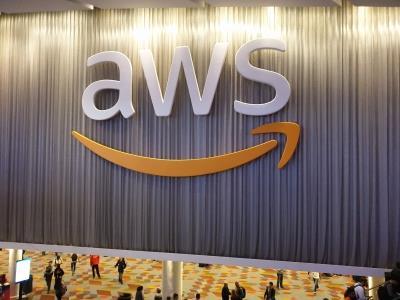
AWS-powered Covid-19 diagnostic tool seeks lung scans from India
New Delhi, July 8 (IANS) Experts at University of British Columbia in Canada who are building an Artificial Intelligence-powered Covid-19 diagnosis tool with the help of resources from Amazon Web Services (AWS) are seeking lung scan images from India to refine their open source model, a researcher involved with the project said.
This tool is important because it becomes easier for doctors the world over to treat a patient if they know what disease they are suffering from and how badly that disease has infected that person.
The same goes with Covid-19 patients. Knowing that a person is Covid-19 positive can help, but this is not all that doctors want to know. They would do better if they knew how deep the infections were and how the patients were likely to respond to the treatments.
Now researchers know that lung images of Covid-19 patients can give them some clue to finding answers to these important questions.
That is the reason why a project was set up at the Cloud Innovation Centre (CIC) at the University of British Columbia (UBC) with the goal to develop and deploy an open source AI model capable of analysing CT scans of COVID-19 infected patients.
It aims to empower radiologists by providing metrics and statistical information about the infection that cannot normally be assessed by the human eye alone. The CIC at UBC is a public-private collaboration between UBC and AWS.
Recent literature suggests that the percentage of well-aerated-lung correlates to clinical outcomes, such as the need for ventilator support, ICU admission and death.
But the percentage of lung involvement, and inversely the percentage of well aerated lung, is difficult to accurately measure without advanced software tools, such as AI, said Savvas Nicolaou, Director of Emergency and Trauma Imaging at Vancouver General Hospital, as well as a Professor of Radiology at the University of British Columbia.
"We hope that utilising a machine to accurately calculate the lung involvement ratio and absolute volume will be a valuable metric for researchers to use to prognosticate patients with COVID-19 and other respiratory illnesses," Nicolaou told IANS in a video call.
The team leading the project worked with health centres around the world to assemble one of the largest international Covid-19 CT-scan datasets, but it could not immediately gather data from India at the start of the project due to the strict restrictions put in place in the country to fight the pandemic.
The dataset contains CT studies from countries such as Iran, Italy, Saudi Arabia, South Korea, and Canada to increase model generalisability, minimise bias, and establish an accurate model for any site.
The project dataset consists of Covid-19 positive scans as well as scans of patients with similar symptoms but are not Covid-19 positive.
By May this year, the "COVID-L3-Net" model was built on more than 1,100 CT scans. The team has collected another 3,100 scans from around the world that will be labeled to make the model even more accurate.
"The team welcomes scans from India. If radiologists or any medical professionals want to share their data sets and scans with the team, they need to reach out through the UBC Cloud Innovation Centre website," Nicolaou said.
"The team is also looking for researchers to test the model since it is in beta, and to receive feedback on the model," he said.
The data collaboration was possible due to an open-source tool called SapienSecure which was developed and released by a company named SapienML last year.
This open source app standardises the data de-identification of Personal Identifiable Information in medical imaging and helps to integrate directly into Amazon's storage service, Amazon S3, in the AWS Canada (Central) Region.
A team of more than 30 Vancouver General Hospital radiologists and UBC medical students coded the images, using software from MD.ai Inc.
Teams can remotely login, label and work on scans from home during this Covid-19 pandemic, all powered by Amazon compute instances.
"Right now, the team has released the model in pre-beta, and will be moving to beta soon. The goal is to have the model released in early September," Nicolaou said.
"The models keep getting better with more data, so we continue to collect more CT Scans from around the world," he added.
--IANS
gb/na

Legal Disclaimer:
MENAFN provides the
information “as is” without warranty of any kind. We do not accept
any responsibility or liability for the accuracy, content, images,
videos, licenses, completeness, legality, or reliability of the information
contained in this article. If you have any complaints or copyright
issues related to this article, kindly contact the provider above.


















Comments
No comment